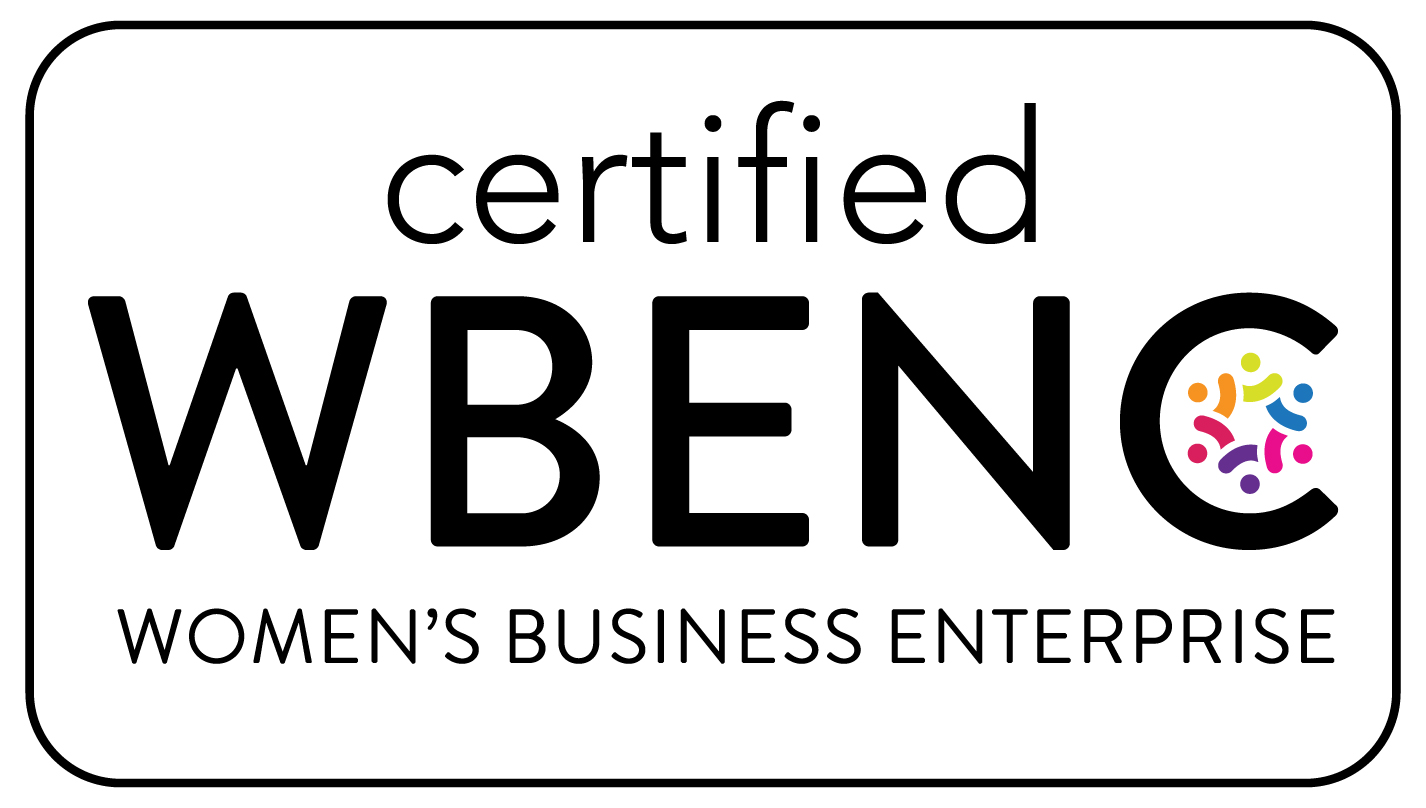Podcast • Transcript
Kelly Twigger, our Founder and CEO, just marked five years of weekly case analysis. This retrospective highlights what five key rulings from the past five years teach about discovery in practice and where litigators are being tested now.
This week’s episode isn’t a victory lap. It’s a grounded look at how ESI has reshaped litigation, what the decisions actually say, how judges are reasoning, and where counsel are getting tripped up. Below is a narrative recap of the five discussion areas Kelly surfaces, each anchored to a representative ruling. For the complete context, listen to the episode or read the transcript.
Issue 1: Mobile devices and Rule 34—who has “possession, custody, or control”?
Kelly outlines the divide on whether employers control data on employees’ personal phones. The traditional tests, the legal right test and the practical ability test, don’t map cleanly onto today’s realities: remote work, personal devices used for business, and app-centric communications. Some courts work the facts (issued vs. personal devices, policies, IT practices, app governance) and reach narrow, reasoned outcomes; others impose sanctions for lost personal-device data without squarely analyzing possession, custody, or control.
She highlights Judge Jane Boyle’s reasoning in Miramontes v. Peraton, Inc., which captures the practical risk of allowing business communications to live on personal phones. Kelly’s guidance is straightforward: assume you may be required to produce mobile device data and have a plan to do it, even if you intend to argue otherwise in a given matter.
Issue 2: Hyperlinked files—versions, feasibility, and relational context
With hyperlinked content (Google Drive, SharePoint, Box), the recurring questions are: Can you actually collect the linked content from the agreed custodians? Which version is the right one (when sent vs. contemporaneous at collection)? Can you preserve and produce link metadata that restores the relationship between the message and the file?
In In re Uber Technologies, Inc. Passenger Sexual Assault Litigation, the court required preservation of link metadata and production of contemporaneous versions to the extent feasible, with a narrow manual carve-out where Google Vault blocked automation, an outcome grounded in detailed technical showings and expert input. Kelly’s takeaway: don’t agree to produce hyperlinked files until you confirm feasibility, and be prepared to walk the court through what’s possible and how.
Issue 3: Chat platforms—context, export limits, and preservation timelines
For Slack, Teams, WeChat, and similar tools, Kelly starts with context. In Lubrizol Corp. v. IBM Corp., the court analogized Slack to text messages and ordered full threads under 20 messages and 10 messages before and after for longer threads, with parity for Teams. The practical point: search-term hits without surrounding context aren’t usable evidence in depositions or motions.
From there, she notes preservation and access challenges. Decisions like Two Canoes (WeChat preservation across devices) show how timeline specifics drive sanctions; Vaughn illustrates how a plan’s lack of export capability can temporarily block production. The move Kelly recommends: address chat context and any plan limitations early, in the meet and confer, and in your protocol—tied to how you’ll actually use the messages.
Issue 4: Courts’ shrinking tolerance for preservation failures and self-help collection
Kelly’s clearest trend line is that courts are less tolerant of missed holds, self-collection by experts or custodians, and device settings that delete data. In Guardant Health, Inc. v. Natera, Inc., expert self-collection and missed documents led to cascading consequences: evidentiary exclusion of key material, credibility risks, and later $3 million in monetary sanctions against party and counsel. Her message to litigation leaders: circulate Guardant and tighten workflows now; verbal holds and loose practices aren’t defensible.
Issue 5: ESI protocols—the court’s expectation, not a courtesy
Regardless of case size, courts increasingly expect parties to agree on how ESI will be handled: search methods, metadata, custodians, cookies and other artifacts, privilege logs, and a process to revisit terms when new sources surface.
Kelly points to In re Meta Pixel Healthcare Litigation, which shows protocol rigor over multiple rulings: specificity and testing for search terms; requiring factual showings to add custodians tied to claims and defenses; and treating browser cookies as discoverable ESI with targeted workflows and appropriate metadata. Her guidance: plan the data sources and metadata you’ll need to authenticate, filter, and build timelines before drafting, and include language to reopen as new sources emerge. A revised ESI protocol guide is coming soon. Follow us on LinkedIn to get it when it drops.
What’s next: Generative AI data in discovery
Kelly flags active disputes around AI-related data from training datasets to user prompts. Preservation orders impacting chat histories, questions about whether prompts are privileged or discoverable, and even prompts created inside review platforms are already in play. Expect a growing body of opinions to define contours in early 2026. Constant across it all: your arguments are only as strong as your ability to teach the court the technology at issue.
From weekly lessons to case strategy (Minerva26)
Case of the Week is about turning rulings into moves. That’s the same premise behind Minerva26: the Discovery Strategy Platform that turns rulings + rules + workflows into defensible, faster decisions. With 44,000+ discovery decisions in the database updated weekly with hundreds of newly issued, issue-tagged rulings—you can move from question to cited answer quickly: what courts require, how to scope, and how to document a workflow a judge will credit. Contact us to see Minerva26 live.




